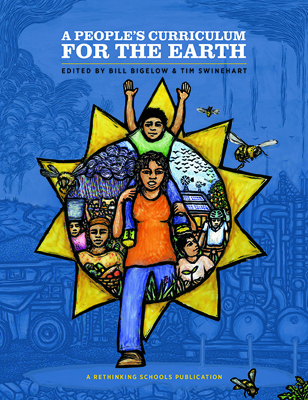To introduce our Climate Change unit, we wanted to begin with empathy and a connection to the communities that are most affected by climate change.
My co-teacher and I decided to start with “The Whole Thing is Connected: Plastics and Poverty” from A People’s Curriculum for the Earth. This chapter and series of articles reinforces the idea of environmental racism — the idea that people of color are disproportionately affected by the deleterious affects of climate change, in addition to those who live in poverty (which often intersect, unfortunately). We wanted to ensure that our students understood that, even though recycling plastic seems like a good thing, this seemingly benevolent act could negatively affect those who live in places like “Cancer Alley,” where the toxins of burning plastic bottles (like the one we so carefully and expertly recycled) could cause harm. Empathy is the first step in making change. If your students do not connect to those are affected, there is no motivation to create action steps for change.
This was the first step of our much larger project, the Climate Change Challenge, where we asked students to come up with an innovative and creative solution to reduce the deleterious affects of climate change. One student came up with light switch that turned off if there were no sound waves for more than 30 minutes to save energy, and another group designed an App where you could report environmental “crimes,” similar to the Citizens App. Introducing the topic of climate change with this article on empathy versus straight up textbook content, really connects students to their projects and gives them a more human reason to care and emotionally invest in the future of our earth.







Twitter
Google plus
LinkedIn